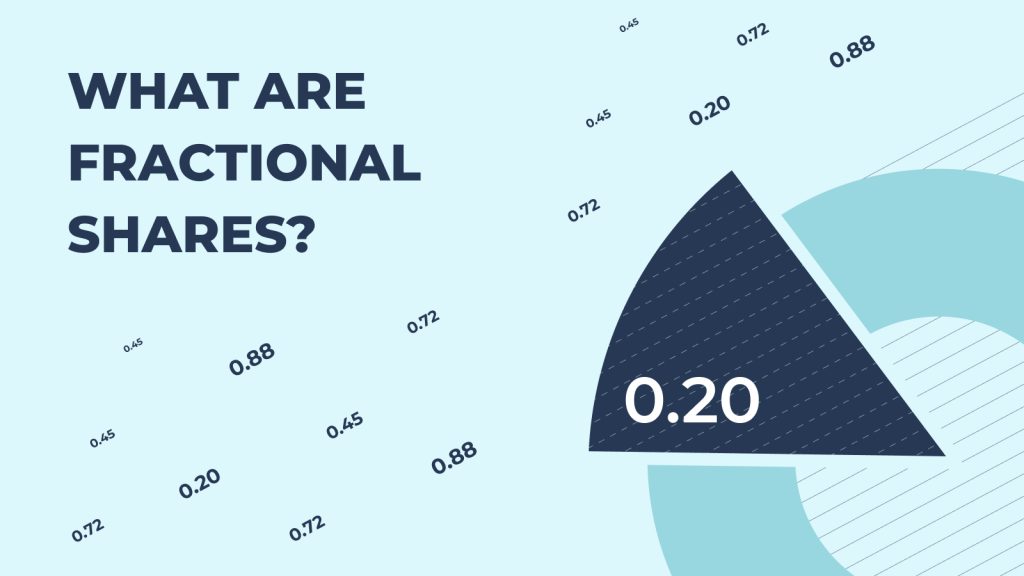Snowflake has become a game-changer in data management, offering businesses a scalable and flexible solution for handling vast amounts of data. With its cloud-based platform, organizations no longer need to worry about the traditional infrastructure limitations that come with storing and processing large data sets. However, while the platform provides unparalleled efficiency, understanding its pricing structure can be challenging for many businesses.
If you’re wondering how does Snowflake pricing work, it’s important to break it down into its key components: compute and storage. The platform operates on a pay-as-you-go model, where you only pay for the resources you use, making it highly flexible. Businesses can make informed decisions and optimize their costs by gaining a deeper understanding of how pricing works.
1. What Is Snowflake and How Does It Benefit Businesses?
This cloud-based data platform helps companies manage and analyze large data sets. Its unique design allows for scalability, meaning you can store as much data as needed without worrying about traditional infrastructure constraints. Unlike legacy systems, the platform’s pricing structure is built on a pay-as-you-go model. This means businesses only pay for the storage and computing power they actually use. The pricing model is designed to be flexible, but understanding the specific components is essential for effective cost management.
2. Key Components of Snowflake Pricing
If you’re curious about this pricing, it’s important to understand its two main components: compute and storage.
- Compute Costs: The platform operates on a consumption-based model, billing businesses for their computing power. This is calculated based on the time virtual warehouses (clusters of computing resources) are running. You can scale up or down based on your needs, making it a highly flexible option.
- Storage Costs: Besides computing, costs are determined by the data stored in the system. Data storage is relatively cost-effective, and prices are based on the monthly data volume. Whether storing raw or processed data, the pricing adapts according to your usage patterns.
3. Can You Save Money With This Platform?
While the pricing may appear simple, businesses often seek ways to optimize costs. Cost optimization involves managing both storage and compute resources efficiently. So, how can you achieve this?
- Scale your usage: Since Snowflake allows you to scale compute resources up or down, monitoring workloads closely is vital. You can significantly reduce your monthly bill by scaling down resources when they’re not in use.
- Optimize storage: Review data retention policies and consider archiving older data to cheaper storage tiers within the system. This reduces storage costs without compromising access to essential data.
5. How Snowflake Cost Optimization Services Can Help
Cost optimization services are a great resource for organizations looking to reduce their costs further. These services can help businesses monitor their platform usage, identify areas for improvement, and implement strategies that cut costs without sacrificing performance. With advanced monitoring tools and expert guidance, you can keep spending under control while still getting the most out of the platform.
For example, services focusing on monitoring compute resource usage can highlight when warehouses are running unnecessarily. Additionally, archiving strategies can reduce long-term storage costs, making the platform even more affordable.
Snowflake’s pricing model is built for flexibility and scalability, allowing businesses to control costs by focusing on actual resource usage. By concentrating on actual usage, businesses can save money and avoid paying for unused resources. Effectively managing computing and storage resources is essential to understanding how Snowflake pricing works. For companies looking to optimize costs, various services are available to streamline processes and ensure maximum value. By grasping the key pricing components and implementing strategic approaches, businesses can achieve powerful data management without overspending.


















